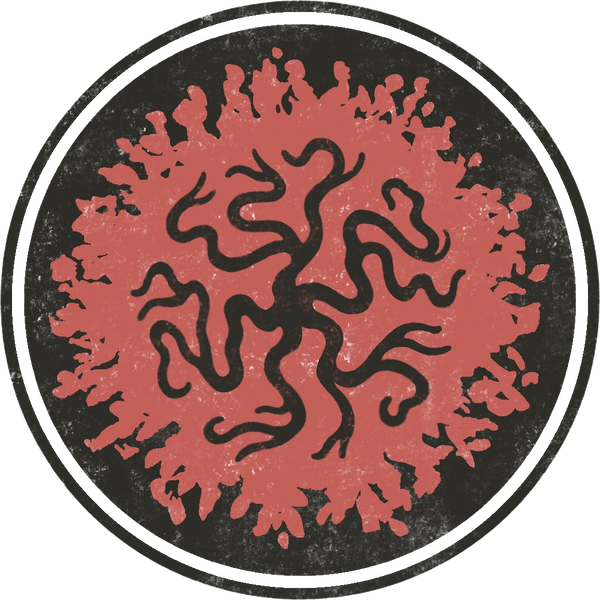The interaction with oak barrels during aging that imbues whiskey with its distinctive character and complexity. Central to this process are the barrel's char level and toasting effects, which play a crucial role in shaping the flavor profile of the final product. In recent years, the exploration of these effects has extended beyond traditional barrel aging to include wood chips, toasted to replicate the flavor-enhancing qualities of barrels. This article delves into the intricate interplay between char level, toasting effects, and flavor development in whiskey, highlighting how these factors influence both barrel-aged and chip-aged spirits.
-
Understanding Barrel Char Level:
- Char level refers to the degree to which the interior of a whiskey barrel is charred before aging. This charring process caramelizes wood sugars, breaks down lignin compounds, and creates a porous surface that facilitates flavor extraction and maturation.
- Char levels are typically classified on a scale from light to heavy, with higher char levels resulting in deeper penetration of charred layers into the wood staves and greater influence on whiskey flavor.
-
Impact of Barrel Char Level on Flavor:
- Light char levels tend to impart subtle vanilla, caramel, and coconut notes to whiskey, with minimal charred or smoky characteristics. These barrels are often used for lighter whiskey styles or for shorter aging periods.
- Medium char levels strike a balance between flavor extraction and charred complexity, offering a harmonious blend of sweet, woody, and spicy flavors. These barrels are favored by many distillers for their versatility and consistency.
- Heavy char levels contribute bold, robust flavors to whiskey, with pronounced charred, smoky, and toasted oak characteristics. These barrels are prized for their ability to impart intense flavor depth and complexity, particularly in long-aged spirits.
-
Exploring Toasting Effects:
- In addition to charring, whiskey barrels are often subjected to a toasting process, where the wood is heated at lower temperatures to enhance flavor development and structural integrity.
- Toasting effects vary based on factors such as temperature, duration, and the presence of moisture, resulting in nuances of flavor ranging from caramelized sugars and toasted nuts to spicy oak and baking spices.
-
Transferability to Wood Chips:
- The effects of barrel char level and toasting are not exclusive to traditional barrel aging—they can also be replicated in wood chips used for whiskey aging.
- By toasting wood chips to specific char levels and employing controlled aging conditions, distillers can mimic the flavor-enhancing qualities of barrels and achieve desired flavor profiles in chip-aged spirits.
-
Experimentation and Innovation:
- The exploration of barrel char level and toasting effects offers distillers a canvas for creativity and experimentation, allowing them to craft unique whiskey expressions that push the boundaries of flavor and aroma.
- By combining different char levels, toasting techniques, and wood types, distillers can tailor whiskey profiles to suit diverse consumer preferences and create signature products that stand out in a competitive market.
The interplay between barrel char level, toasting effects, and flavor development is a cornerstone of whiskey aging, shaping the character and complexity of spirits from distillery to glass. Whether through traditional barrel aging or the innovative use of wood chips, distillers continue to explore and refine techniques for unlocking the full potential of oak in whiskey production. As whiskey enthusiasts savor each sip of their favorite dram, they can appreciate the artistry and science behind the charred and toasted flavors that elevate the whiskey-drinking experience to new heights.
